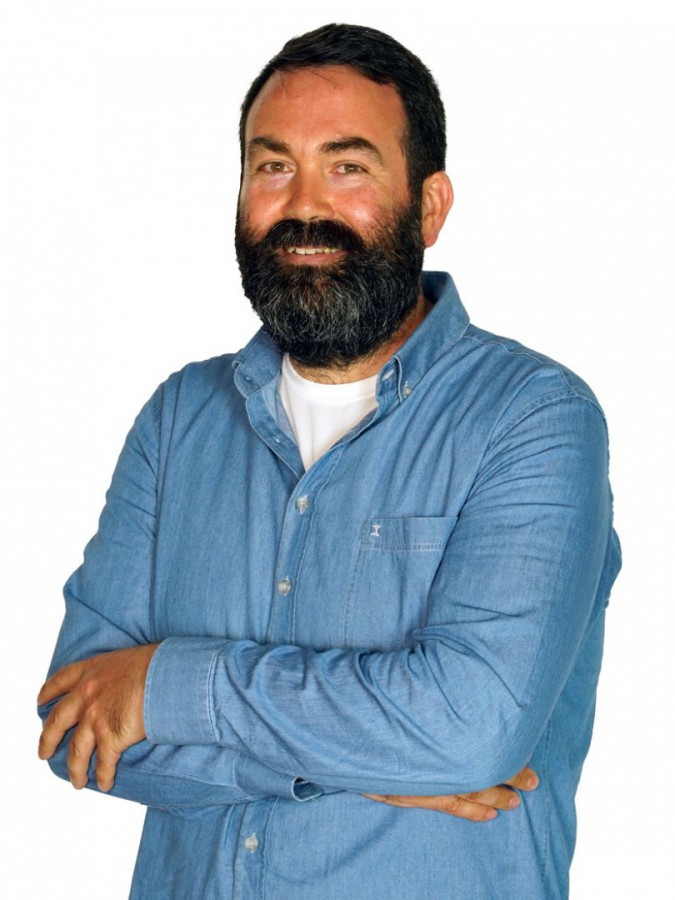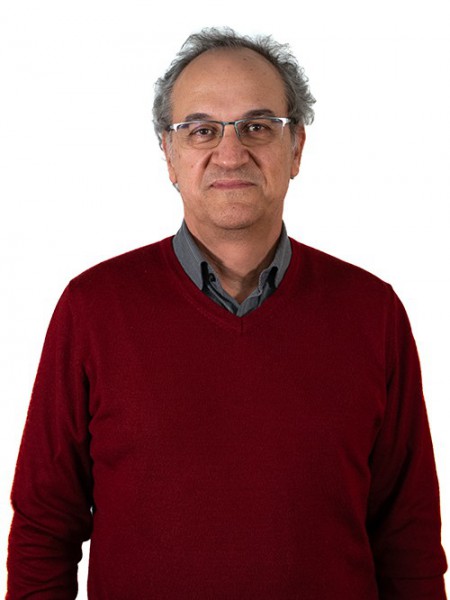resumo
Alumina (Al2O3) and titanium dioxide (TiO2) thin films were deposited by the atomic layer deposition technique on steel substrates used in the polymer injection molding industry. The modified steel surfaces were systematically characterized by SEM, EDS, AFM, XPS, and OCA. Surface energy values were obtained to predict the demolding behavior of modified steel surfaces when in contact with different polymers. The lowest surface energy was obtained using Al2O3 and H2O as an oxygen source on 1.2311 steel (1.2311-Al-H), representing a 30% decrease when compared to 1.2311 bare ground steel. Results were confirmed by the simulation of polymermold interaction. The produced polycarbonate surface presents defects with an average diameter of 0.5 mu m that result from mimicking of the Al2O3 textured surface (contrasting with the defects with a diameter of 1.85 mu m using bare 1.2311 steel). The best compromise between surface energy and roughness was obtained using the TiO2-H2O film (1.2311-Ti-H). The modified steel with TiO2 ALD coating produced the smoothest polymeric surface. The modification of steel surfaces with nanometer films of Al2O3 and TiO2 decreased the interfacial adhesion to polymers, which had implications for demolding shape-engineered polymers, a requirement for high-aspectratio parts.
palavras-chave
ATOMIC LAYER DEPOSITION; CORROSION PROTECTION; THIN-FILMS; COATINGS; INJECTION; ENERGY; ALUMINA; FTIR; WETTABILITY; RESISTANCE
categoria
Nanoscience & Nanotechnology; Materials Science, Multidisciplinary
autores
Lima, MJ; Silva, RM; Gonzalez, K; Castro, JD; Oliveira, F; Silva, RF; Carvalho, S
nossos autores
Projectos
Mobilizar competências tecnológicas em Engenharia de Superficies (ON-SURF)
agradecimentos
This study was supported by the Portuguese Foundation for Science and Technology (FCT) in the framework of Strategic Funding (co-financed via UIDB/00285/2020 and UIDB/04650/2020) and in the framework of the On-SURF (cofinanced via FEDER (PT2020) POCI-01-0247-FEDER024521) project. The authors acknowledge CENTIMFE for the fabrication of the OCA20 equipment accessory necessary for the simulation of the molding process. This study was also developed within the scope of the project CICECO-Aveiro Institute of Materials, UIDB/50011/2020 and UIDP/50011/2020, financed by national funds through the FCT/MEC and, when appropriate, co-financed by FEDER under the PT2020 Partnership Agreement.



